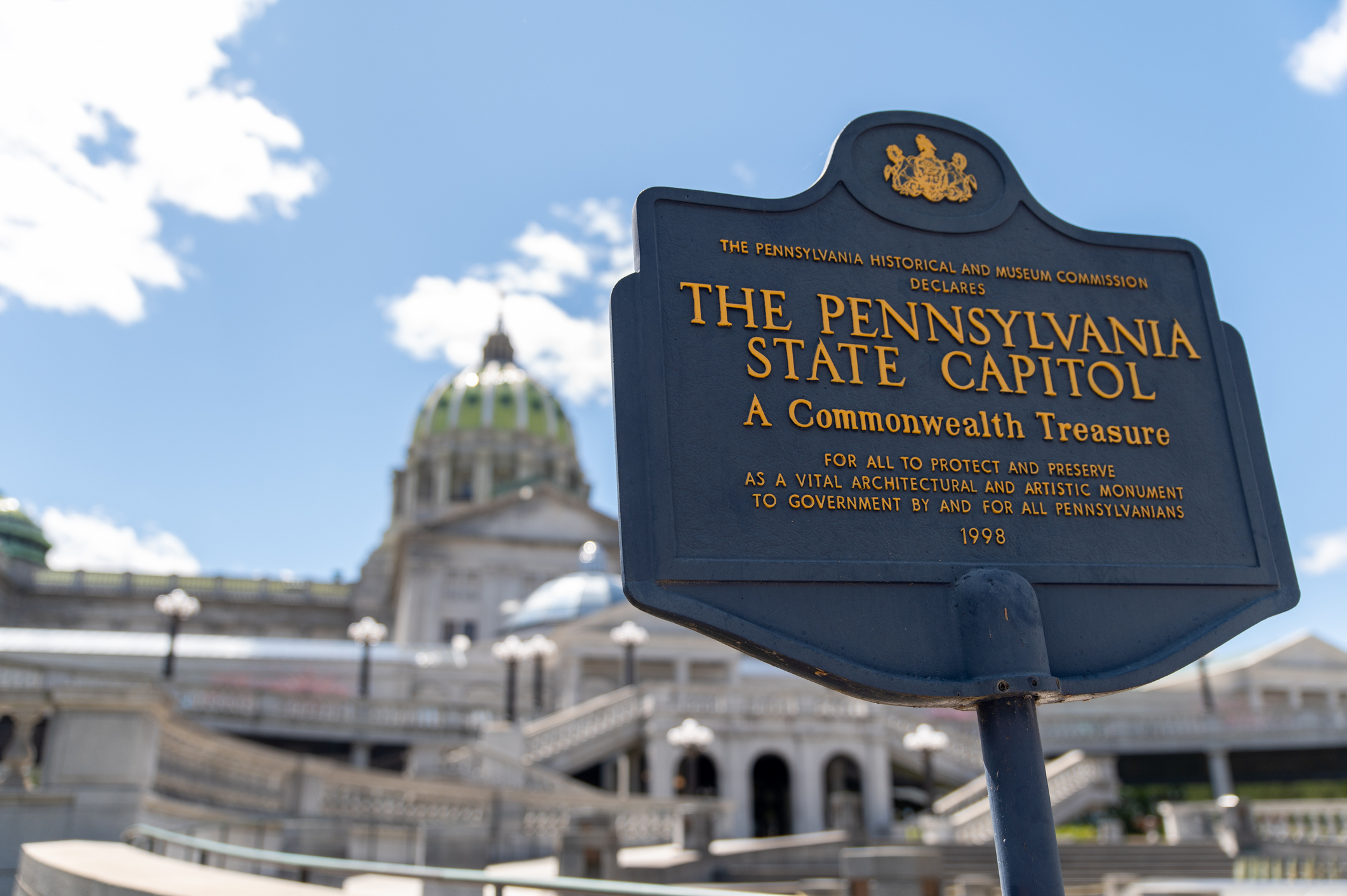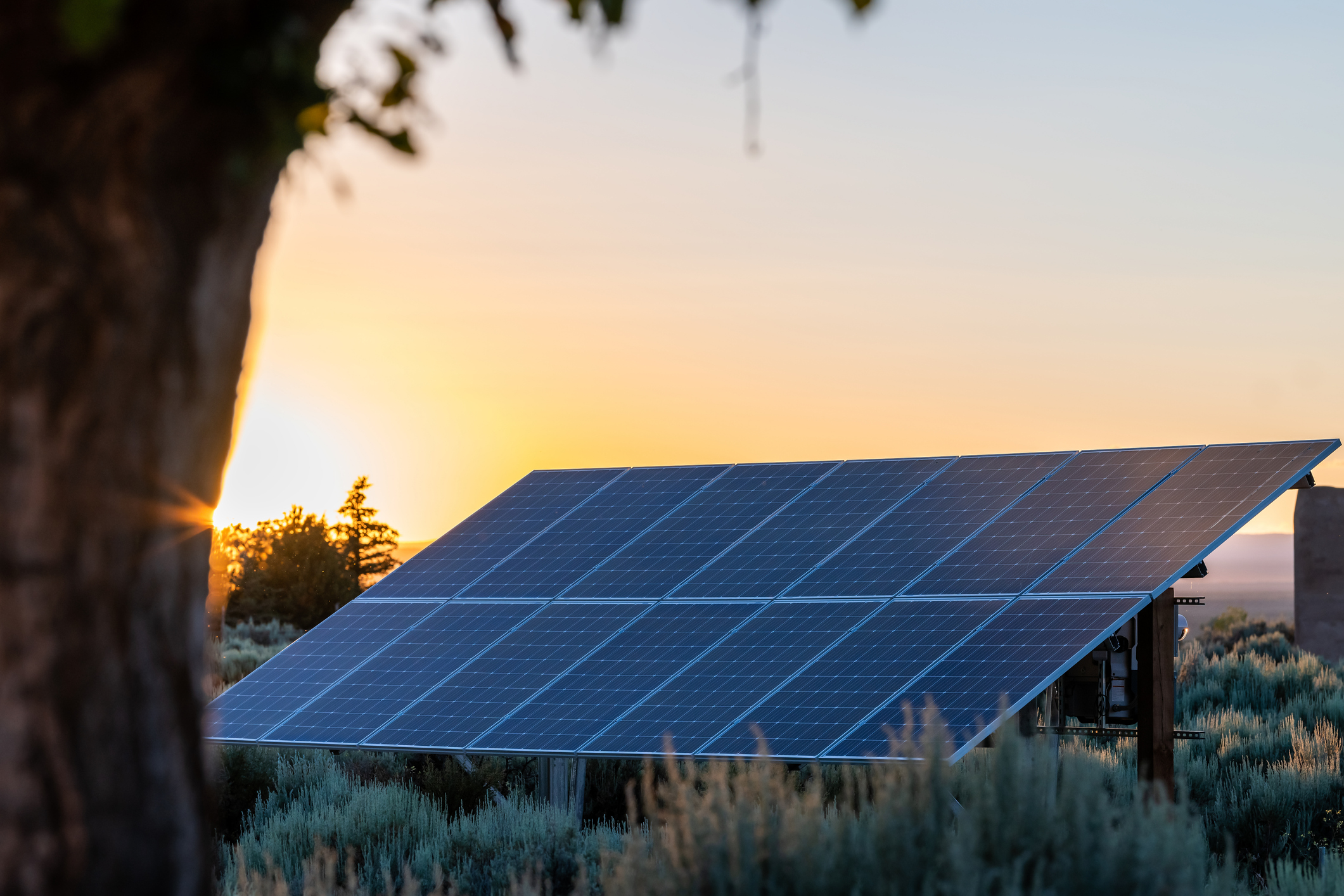
Energy generation and distribution is a matter of national security for the United States. Recent domestic investments into renewable energy generation have allowed the US to increase its energy independence and security.
According to the Energy Information Administration (“EIA”), renewable adoption grew solidly across the country in 2019. The EIA also “forecasts that utility-scale renewable fuels, including wind, solar, and hydropower, will collectively produce 18% of U.S. electricity in 2019 and 19% in 2020.”
According to the World Resources Institute (“WRI”):
- 155 cities have committed to 100% community-wide renewable energy
- 15 states plus Washington, DC and Puerto Rico have official targets to get over 50% of their electricity from clean resources
- Businesses are going beyond merely purchasing renewable energy to investing in battery storage, pairing electric vehicle charging with renewables and matching energy consumption to renewable resources on an hourly basis
- Many of the largest investor-owned utilities have set decarbonization goals and committed to a clean energy transition.
Cities will sign unprecedented utility-scale clean energy deals
According to the WRI, “[i]n the last few years, cities have signed increasingly large power purchase agreements (PPAs) to source electricity from renewable energy developers for municipal and community use.” Notable examples in this category are Philadelphia, Cincinnati, and New Jersey.
According to the WRI, governments will continue to pursue PPAs, signing large deals to meet municipal/state needs and expanding to community members and residents. The WRI also forecasts that “joint deals with other jurisdictions or community partners such as businesses and universities, to access economies of scale.” A notable example here is the PJM and FERC cases New Jersey and New York are litigating.
Coal’s long-term decline continues
There was a significant amount of coal retirements in 2019. The EIA forecasted in its December 2019 Short Term Energy Outlook that coal’s share of U.S. electric generation would drop from 28% in 2018 to 25% in 2019. The EIA expects the trend to continue with coal falling to 22% of U.S. generation in 2020.
Montana, Colorado, and New Mexico are utilizing a financial strategy known as securitization, where utilities issue bonds to help pay off stranded coal assets. With coal plant closures, there is a greater focus on ensuring plant closures do not leave surrounding communities in a lurch. However, coal-fired generation remains a goal of the Trump Administration.
Latest News
Photo credit: iStock.com/Hamburg Studios As Pennsylvania continues to navigate an evolving energy landscape, state leaders are proposing new approaches to ensure reliability, affordability, and sustainability. Governor Josh Shapiro recently announced his “Lightning Plan”, a six-part [...]
Photo credit: iStock.com/Ray Tan As the impacts of climate change intensify, several U.S. states are taking legislative steps to address the mounting costs of adaptation and resilience. New York, New Jersey, and Vermont have recently [...]
In this episode of The Back in Session Podcast, hosts Ryan Stevens and Ryan DeMara are joined by Brendan Williams from PBF Energy. They delve into the state of energy policy, the refining sector, and [...]
Photo credit: iStock.com/krblokhin Solar energy deployment has continued to increase, but the spread of new projects is not comprehensive. The National Renewable Energy estimates that 42% of households cannot access behind-the-meter solar. To address the [...]






Stay In Touch